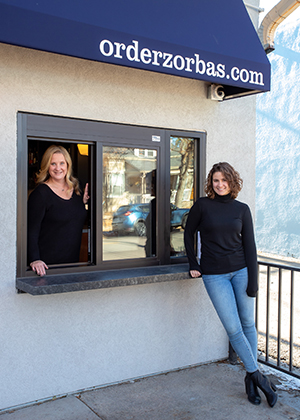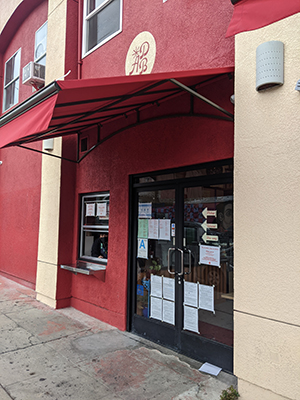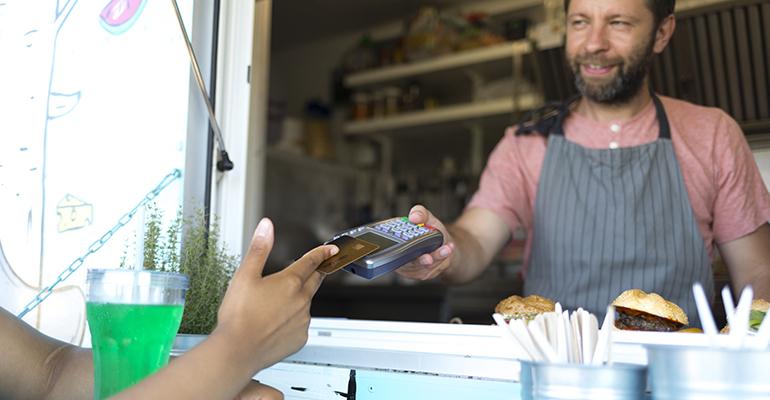Restaurant operators say the year of pandemic-related shutdowns has changed habits and preferences. And those changing consumer trends are reshaping the industry, from the way restaurants operate, to their dependence on off-premise and the design of brick-and-mortar locations. As the COVID vaccine reaches more people and the economy settles into a new post-pandemic sense of normalcy, here’s a look at how restaurants are adapting for the new consumer.
Restaurant operators across segments are designing stores for the future based on growing consumer demand for off-premise dining. Chains and independents alike are incorporating pickup counters and adding drive-thru lanes. Some are even designing restaurants with no dine-in seating at all.
But for independent restaurants, adding takeout windows has proven to a be lifeline.
 In Denver, Zorba’s, a diner that closed temporarily at the start of the pandemic last year, executed a remodel that includes a takeout window facing the outdoor patio seating area, left.
In Denver, Zorba’s, a diner that closed temporarily at the start of the pandemic last year, executed a remodel that includes a takeout window facing the outdoor patio seating area, left.
The restaurant had already been considering adding a window to create a ghost kitchen supporting dinner delivery — it currently offers dine-in service only for breakfast and lunch — and it accelerated the plan after the pandemic hit.
“In some weird way, COVID gave us this opportunity,” said Karen LuKanic, owner of the restaurant, which is located in a pedestrian friendly neighborhood that attracts traffic to the window from the street.
The restaurant had been generating about 10% of its sales for off-premise consumption before the pandemic, but that share has since increased to 50%.
“It was our savior,” LuKanic said of the window, adding that she was fully committed keeping it in operation after the pandemic. “This has permanently changed our business model.”
Zorba’s has had success driving foot traffic to the window by displaying paper menus in a box in front of the restaurant, she said. The point-of-sale register is also just inside the window, making walk-up orders easy to manage. The location of the window just a few steps off the street also facilitates third-party delivery orders, LuKanic said.
 Photo: All Day Baby's window.
Photo: All Day Baby's window.
In Detroit, acclaimed sandwich shop Mudgie’s also added a window for takeout, while converting its bar into a staging area for off-premises dining. The restaurant has been closed for indoor dining since the start of the pandemic, said owner Greg Mudge, out of concern for the safety of his employees and customers, but the window has generated a strong off-premise business.
“It is the heart of the restaurant now,” he said. “Until we are able to reopen and operate in a safe manner, the window will stay.”
To install the window, the restaurant simply removed one of the large, existing windows, and replaced it with a sliding window — “the biggest one we could find at Home Depot,” Mudge said — and applied a new coat of paint to the outside.
In Los Angeles, All Day Baby, an eclectic, Southern-influenced casual bakery/cafe that opened just a few months before the pandemic hit, has been doing a brisk business through its so-called Biscuit Window.
The restaurant encourages ordering ahead, but also accepts walk-up orders and fulfills third-party delivery. The window was originally used to offer specials on baked goods on different days — Donut Window day, Cinnamon Bun day, for example — but has since become an all-purpose takeout destination in the heart of the trendy Silver Lake neighborhood.





